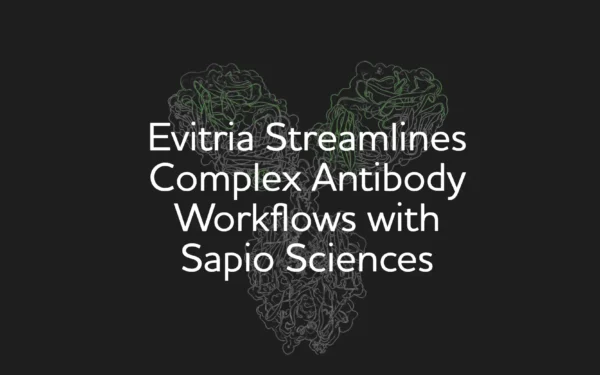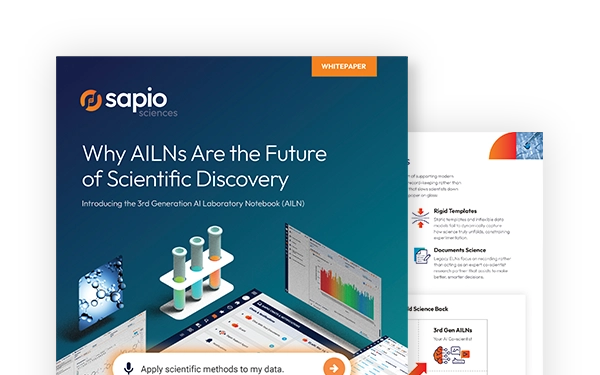This blog was revised and updated on June 18, 2025.
What is an ELN? An electronic lab notebook, or ELN, is software scientists and lab technicians use to design, execute, and document their research, experiments, and assays. As organizations that produce large amounts of information that need to be analyzed, studied, and shared, laboratories must be able to store and access data efficiently.
Historically, labs have used manual methods such as spreadsheets and handwritten notes to document their findings, but these processes aren’t able to keep up with the demands of the modern laboratory. Electronic lab notebooks offer simple, secure creation and management of research data to increase consistency and productivity across all stages of the research process.
In this guide, we’ll explain what ELN software is, covering the following topics:
- What is an electronic lab notebook?
- What can an ELN do?
- Practical advantages of ELN adoption
- Are there any limitations to using an electronic lab notebook?
- What to look for when choosing an ELN
- Discover Sapio ELN
What is an electronic lab notebook?
An electronic lab notebook (ELN) is digital technology used to improve the efficiency of record-keeping processes within laboratories. Whatever scale they operate at, research centers generate vast amounts of data related to their research and experiments that paper notebooks can’t keep up with. Even digital data management tools lack the sophistication required to accurately record, analyze, and access the data created by a modern lab.
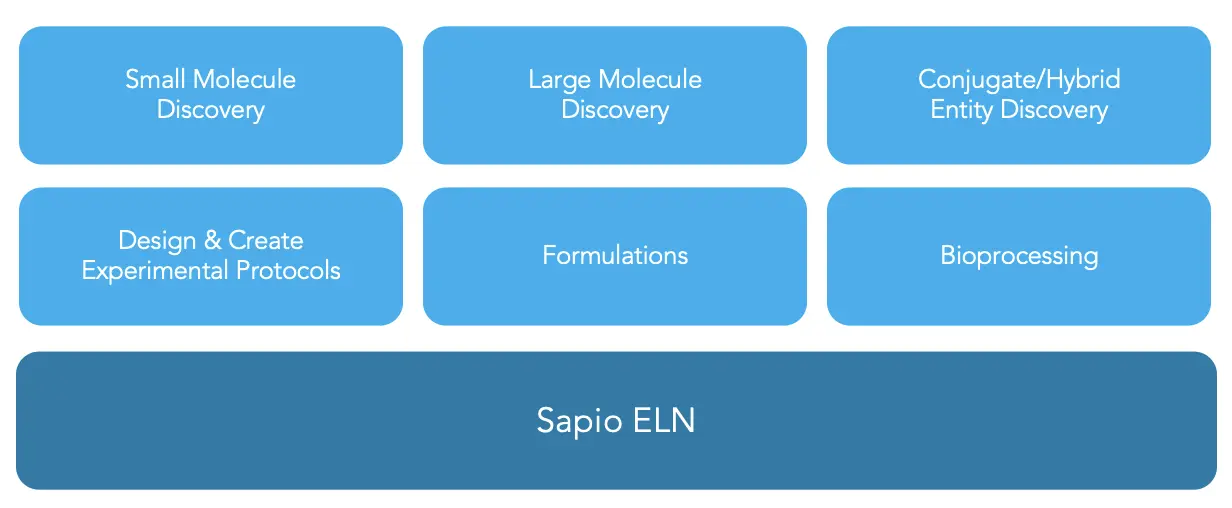
Figure 1. Sapio Electronic Lab Notebook Overview
ELN software has been specifically developed to meet the unique needs of scientists and technicians, offering a secure, efficient platform for managing research data. Modern ELNs do more than log observations. They connect experimental details to protocols, sample lineage, instrument data, and analysis pipelines, creating an unbroken thread from early discovery through development. This integrated view of scientific activity makes it easier to spot trends, reuse validated methods, and identify where to double down—or pivot.
As programs advance, the complexity of managing parallel efforts increases. Version control, audit history, and role-based access become essential, not just for compliance, but to safeguard intellectual property and ensure continuity. A well-designed ELN keeps knowledge accessible without slowing innovation, allowing scientists to explore freely while ensuring leadership retains clear visibility into the work being done.
By structuring data at the point of capture and integrating seamlessly with systems like laboratory management information systems (LIMS), analytics platforms, and regulatory tools, an ELN accelerates decision making across the organization. It enables teams to move faster with fewer missteps, minimizes redundant effort, and establishes a solid foundation for scalable, reproducible science.
What can an ELN do?
Once implemented, an electronic lab notebook becomes a practical tool for managing the day-to-day realities of scientific work. Modern ELNs are built to support diverse research modalities, standardize documentation, and streamline how teams capture, structure, and access experimental data.
Some of the common functions that ELN solutions can perform include:
Support for scientific workflows
- Configurable environments for small-molecule, biologics, and multimodal R&D
- Specialized support for areas such as:
- Next Generation Sequencing (NGS)
- Antibody discovery
- Bioprocess development (upstream and downstream)
- In vivo study documentation
Experiment planning and data capture
- Reusable templates for consistent experimental design
- Flexible note-taking options—free-form or structured
- Native molecular biology tools, including plasmid editors, CRISPR guides, and flow cytometry analysis
- Built-in visualizations and reporting for interpreting results
Operational and compliance features
- Sample tracking with integrated 3D plate mapping
- Inventory and reagent management
- Entity registration across chemistry and biology
- Role-based permissions and eSignatures for compliance with regulated environments
Rather than forcing scientists to adapt to rigid systems, a good ELN is designed to flex with the research—capturing complexity without slowing momentum.
Practical advantages of ELN adoption
Electronic lab notebooks don’t just digitize documentation. They reshape how scientific work gets done. By embedding structure, connectivity, and flexibility into everyday lab activities, ELNs allow biotech teams to move faster with more control, even as complexity increases. While the advantages and benefits of an electronic lab notebook are well established, the examples below highlight how those advantages show up in practice across biotech research.
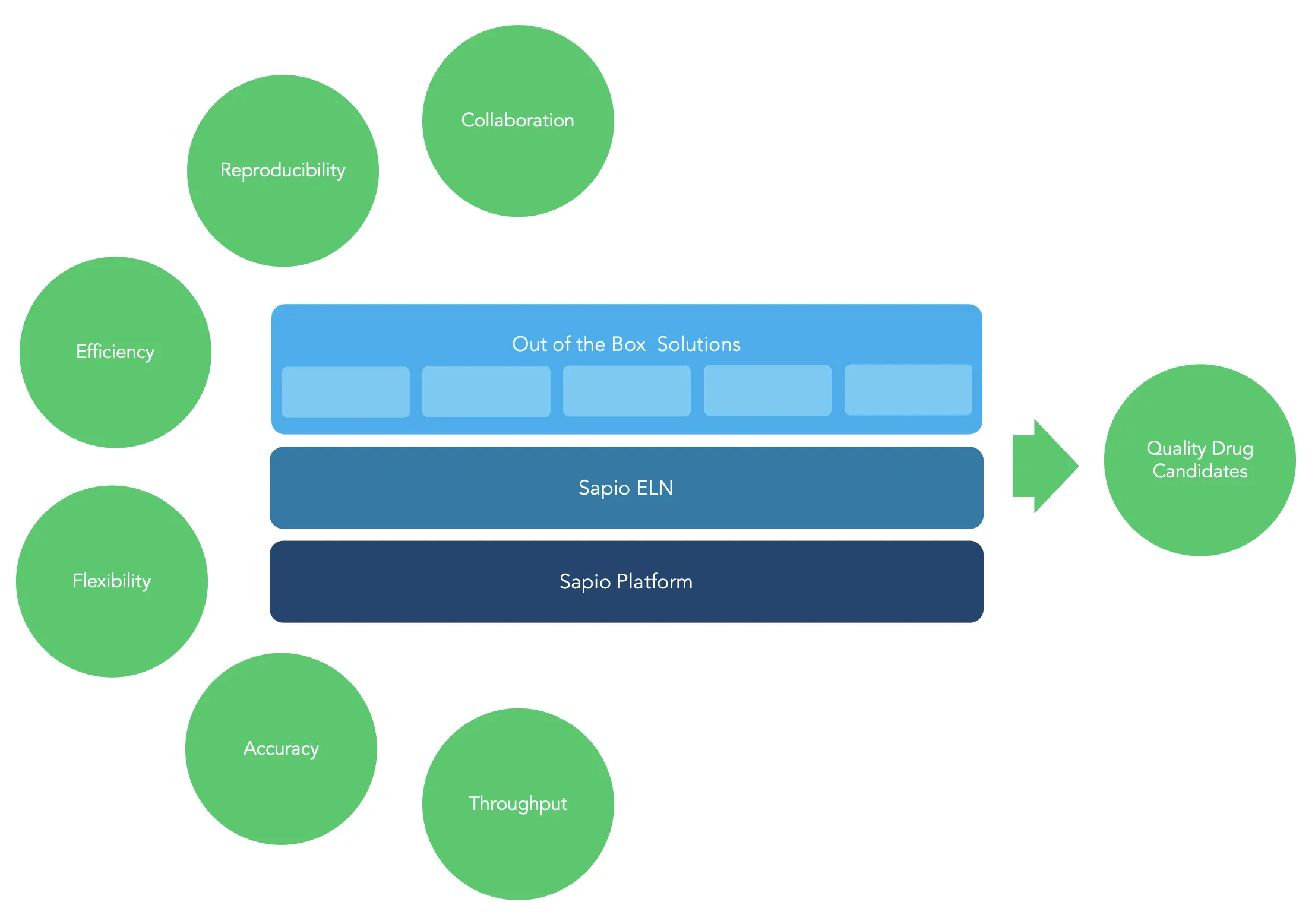
Figure 2. Electronic Lab Notebook Benefits
Greater experimental throughput
Modern ELNs reduce the bottlenecks caused by manual documentation and disconnected systems. With built-in templates, structured data capture, and automated workflow steps, scientists spend less time formatting results and more time running experiments. The result is a noticeable increase in throughput, with more assays, more iterations, and more data generated per cycle.
Real-time data handling and visualization
Instead of waiting until the end of a study to consolidate results, scientists can analyze and visualize data as it’s collected. ELNs make it easy to track trends across experiments and rapidly compare conditions or batches. With tools like embedded gating, annotations, and live dashboards, the researchers get a clearer picture of what’s working, and what isn’t, without leaving the platform.
Traceable, audit-ready records
Accuracy and consistency of data are essential for any scientifically backed process. Every action in the ELN, from editing an entry to uploading a file, is automatically tracked. That means no ambiguity when reviewing experiments for quality checks, internal reviews, or regulatory filings. Built-in audit trails, version history, and electronic signatures ensure data integrity without adding friction to the scientific process.
Cross-functional alignment
As biotech programs span biology, chemistry, informatics, and manufacturing, keeping stakeholders aligned can be complex. ELNs create a common operating picture across disciplines. Project leads can monitor progress without chasing down files, and collaborators across departments can work from the same source of truth in real time.
Flexible integration with lab ecosystems
No lab runs on a single platform. ELNs add the most value when they work well with surrounding systems, such as a laboratory information management system (LIMS), data analysis suite, or instrument output. With open APIs and integration capabilities, modern ELNs adapt to your lab’s evolving tech stack, supporting how teams already work instead of requiring a disruptive, top-down overhaul.
Are there any limitations to using an electronic lab notebook?
While they are extremely useful pieces of software, electronic lab notebooks have specific functionality compared to other industry-specific tools such as LIMS software. The primary focus of ELNs is taking and sharing research notes and molecular biology toolkits rather than the automation of processes, so they can work best with other digital lab solutions, which means you may need to look for an informatics platform rather than just a standalone electronic lab notebook.
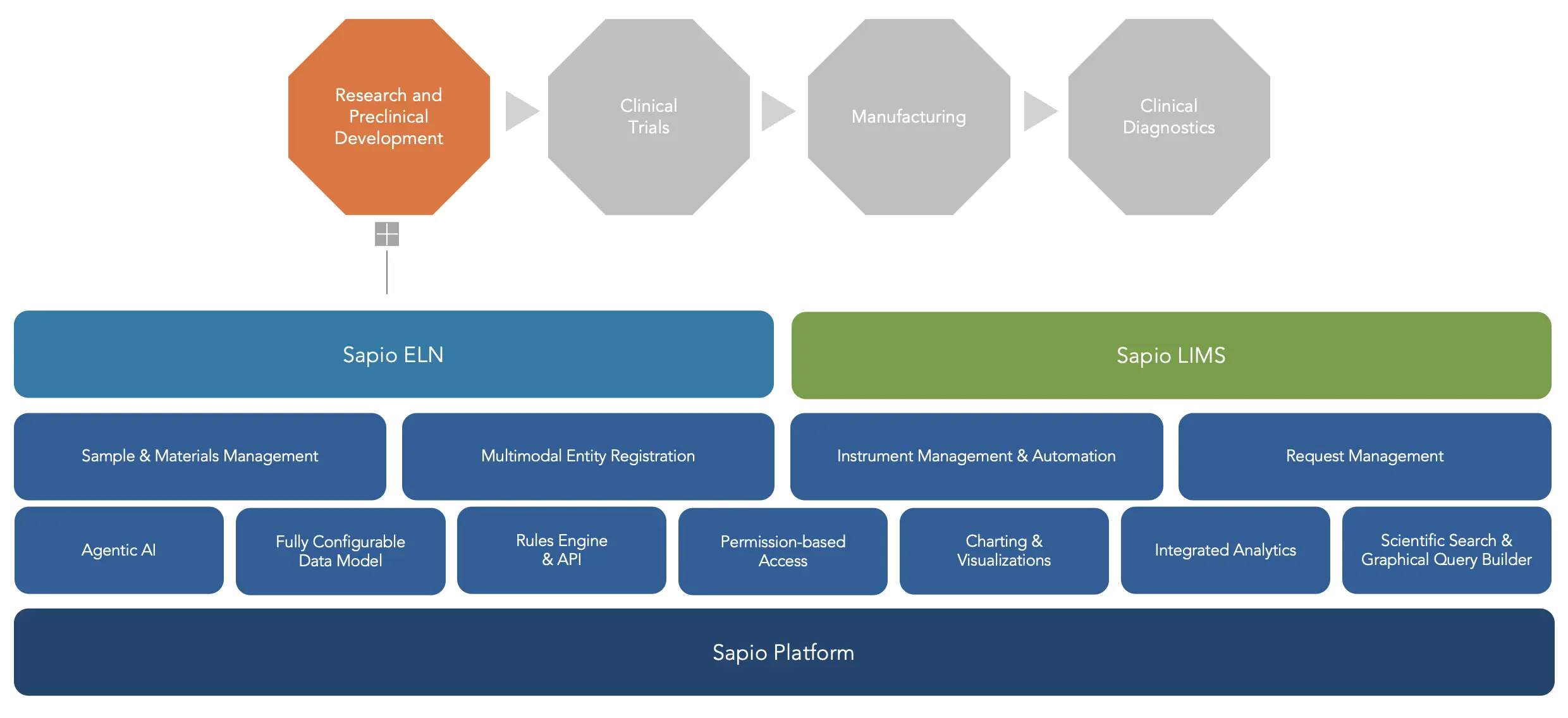
Figure 3. Sapio Unified, Configurable Lab Informatics Platform
As with any additional piece of software, there is a risk of creating silos within the organization when implementing an ELN. A data-driven integration solution such as Sapio Scientific Data Cloud SDMS can help to ensure seamless connectivity between systems, enabling efficient collaboration without barriers.
What to look for when choosing an ELN
Each lab is unique, with its own processes and requirements. There are different types of electronic lab notebooks, each designed to cater to specific needs and workflows. Therefore, it’s important to choose an ELN that can meet those needs while also offering simple scalability and connectivity with other essential systems. Leveraging a central data repository allows users across the organization to work together on the same experiments with the certainty that all information is reliable and up to date for greater accuracy.
To minimize the learning curve and enable efficient implementation, choose ELN software with a no-code approach. Some solutions offer pre-built rules and easily configurable drag-and-drop workflows to make it even easier to configure bespoke processes for your lab.
Discover Sapio ELN
ELN software helps to ensure accurate record-keeping throughout all stages of the research process (for more information, check out our glossary of 92 common ELN terms here). From documenting key information about experiments to sharing your findings with your peers, this simple yet effective system increases efficiency while avoiding the disorder and data risks of handwritten processes.
Sapio ELN software is a powerful electronic lab notebook that enables accurate, efficient documentation and collaboration through intuitive workflows and streamlined integration. Packed with practical scientific tools and reusable data objects, Sapio ELN empowers scientists to do what they do best.
To find out more about Sapio ELN, or any of our solutions, contact us or request a demo today.



